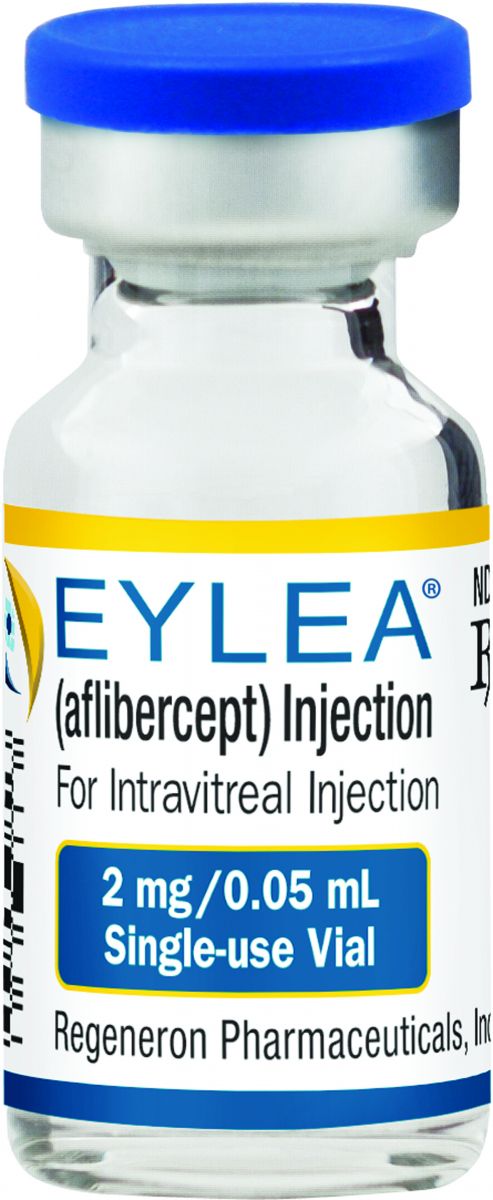Spotlight on Eylea: The Second FDA-Approved Eye Medication for Diabetic Retinopathy
By Emma Ryan
 Twitter Summary: @US_FDA approves #Eylea to treat diabetic retinopathy w/ #DME – estimated 33% of people w/ #diabetes over 40 have retinopathy
Twitter Summary: @US_FDA approves #Eylea to treat diabetic retinopathy w/ #DME – estimated 33% of people w/ #diabetes over 40 have retinopathy
Eylea has now become the second FDA-approved drug for the treatment of diabetic retinopathy for patients who also have diabetic macular edema (DME). In 2014, Eylea was approved to specifically treat diabetic macular edema, a complication of diabetic retinopathy affecting the central part of the eye that is specifically responsible for fine sight such as reading and driving. This new approval indicates that Eylea is now approved to treat the underlying diabetic retinopathy, based on new clinical data showing that Eylea causes significant improvements in diabetic retinopathy in patients with DME. These conditions can result in decreased vision and eventually blindness over time if left untreated, so increasing the number of treatment options is certainly a major win for patients (as long, of course, as patients can get access to them). Moreover, as both diabetic retinopathy and DME can often have few or no symptoms early on, the ADA recommends annual eye screening exams for those with diabetes over the age of 10.
Eylea works by inhibiting a protein that causes damage to blood vessels in the eye; it is administered by a health care provider as an injection into the eye once a month for the first five months, and then once every two months thereafter. Currently, the standard treatment for diabetic retinopathy is laser treatment. While Eylea injections require more frequent treatment sessions than laser treatment, the clinical benefits of Eylea injections may outweigh the time-costs for some.
Two Phase 3 clinical trials of Eylea randomized 862 patients with DME to either take Eylea or undergo laser treatment. Studies found that 28% - 38% of those on Eylea (2 mg dose, taken either every four weeks or every eight weeks following five monthly doses) saw a significant improvement in diabetic retinopathy, compared to just 7% - 16% of those on standard laser therapy. In clinical trials, the most common side effects from Eylea included bloodshot eye, eye pain, and moving spots (“floaters”) or flashes of light in the field of vision.
As of now, Lucentis is the only other drug approved by the FDA for diabetic retinopathy (receiving FDA approval in February). A clinical trial comparing Eylea to Lucentis (as well as to a drug called Avastin, which is not FDA approved for DME or diabetic retinopathy for patients with DME) found all three drugs lead to improved vision for most patients. Depending on whether patients had mild or worse levels of initial vision impairment, Eylea did demonstrate significantly better visual outcomes compared to both Lucentis and Avastin in a subset of patients.
The approvals of Eylea and Lucentis come at a critical time, as an estimated 33% of people with diabetes over 40 have some form of retinopathy. Current projections indicate that the number of Americans with diabetic retinopathy will nearly double to 15 million by 2050. Of those with diabetic retinopathy, only a subset also develops DME, and the risk of DME depends on the severity of the retinopathy (a smaller percentage of those with mild/moderate diabetic retinopathy have DME compared to those with severe/prolific diabetic retinopathy).
For information on financial assistance for Eylea, please see this Eylea4U patient support program guide. –AJW/ER







